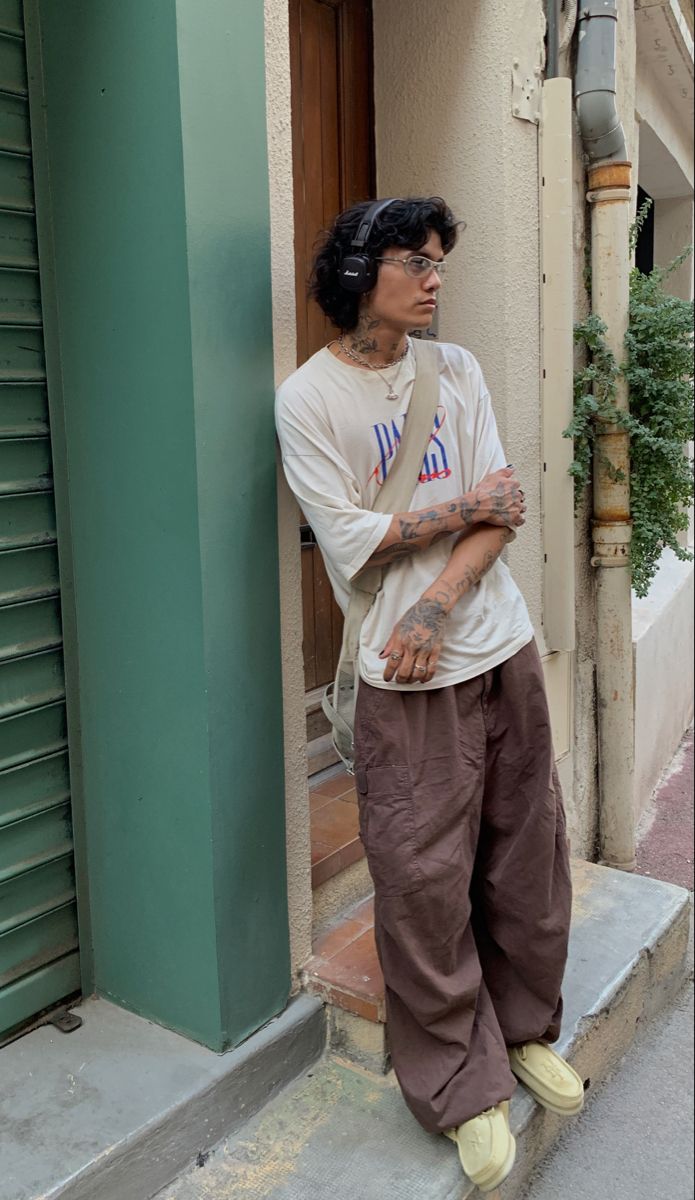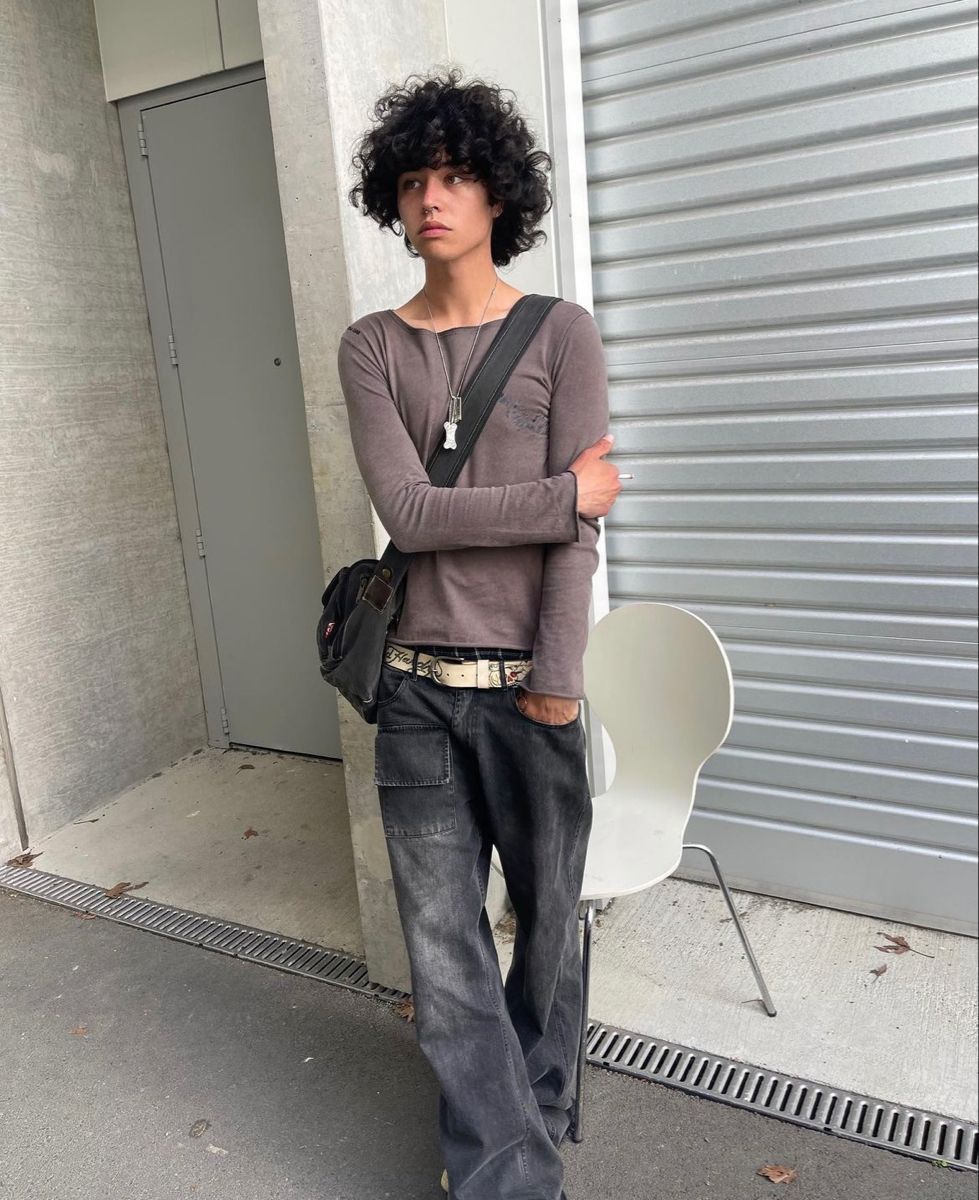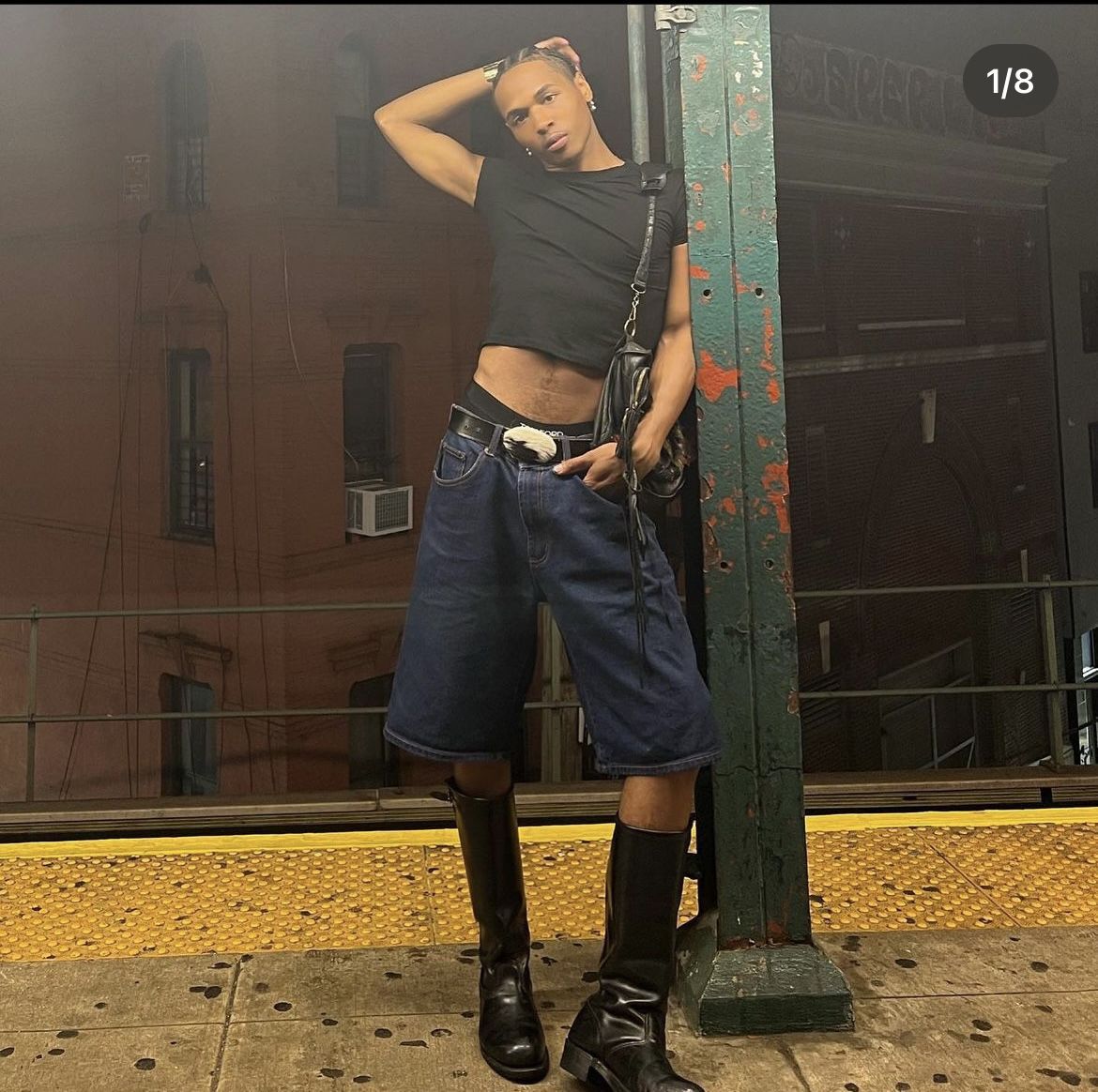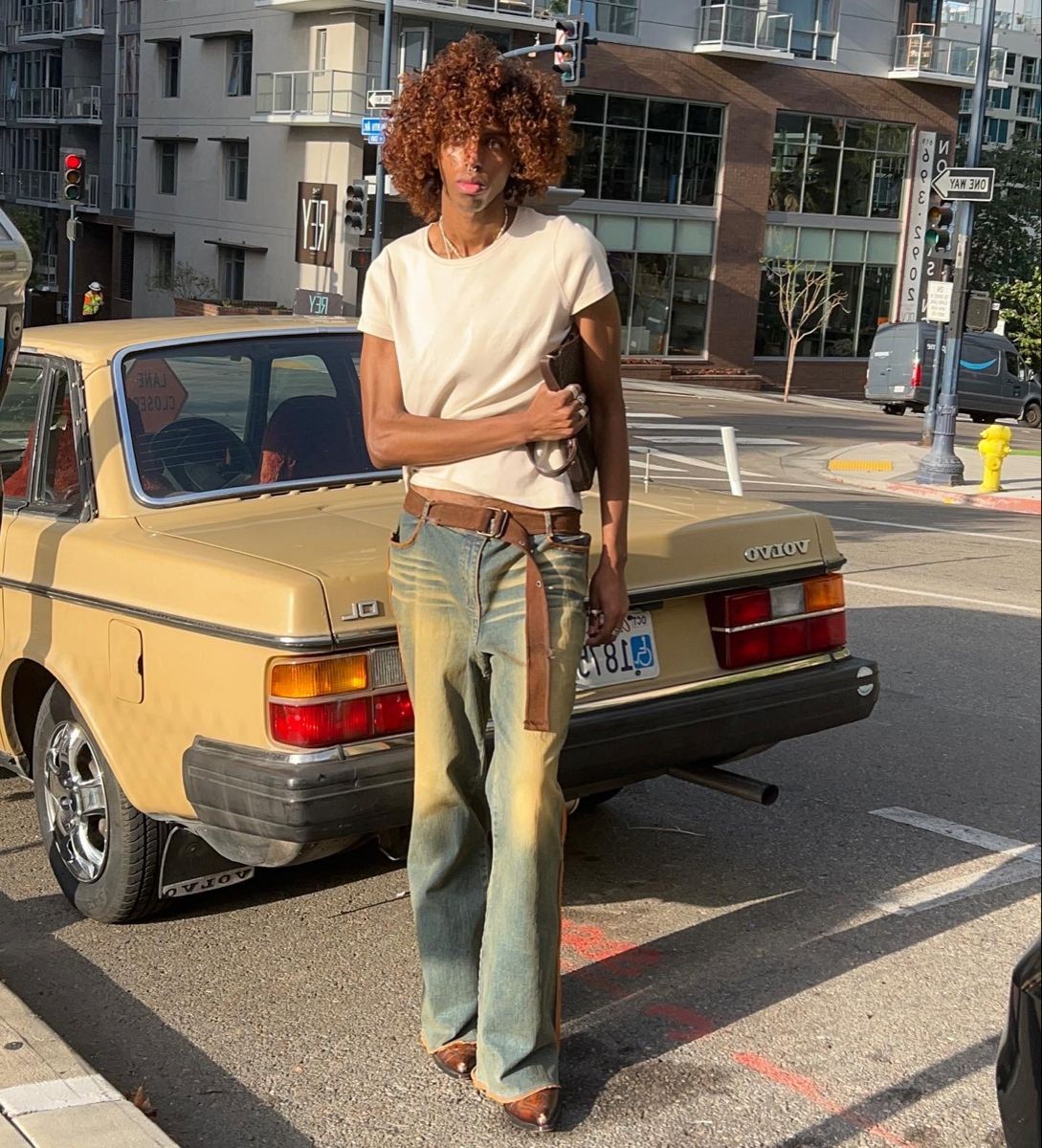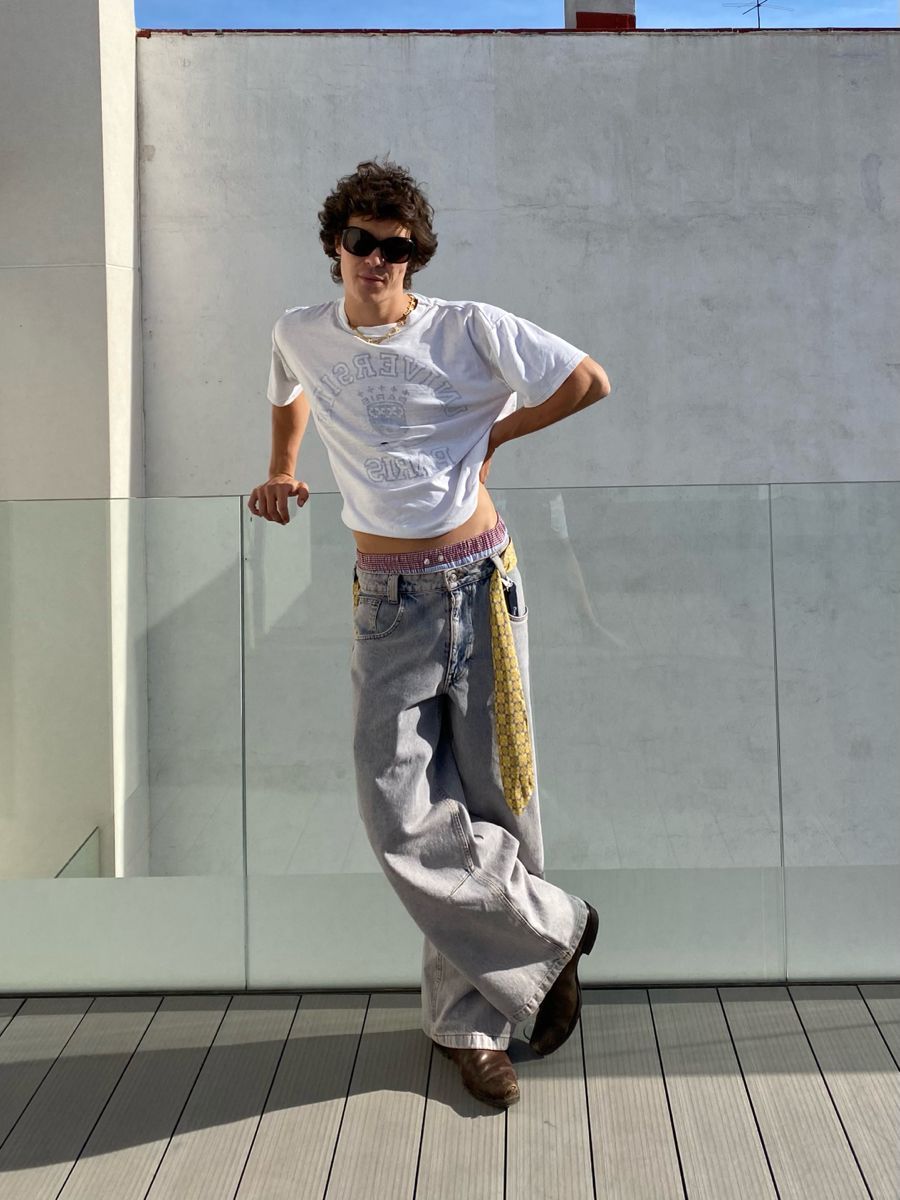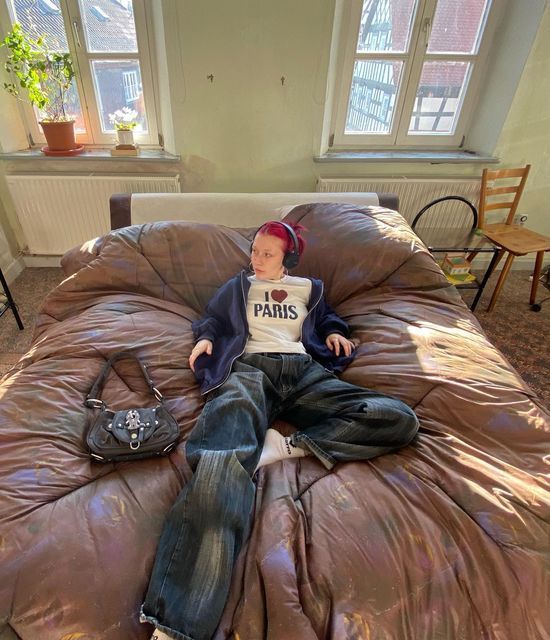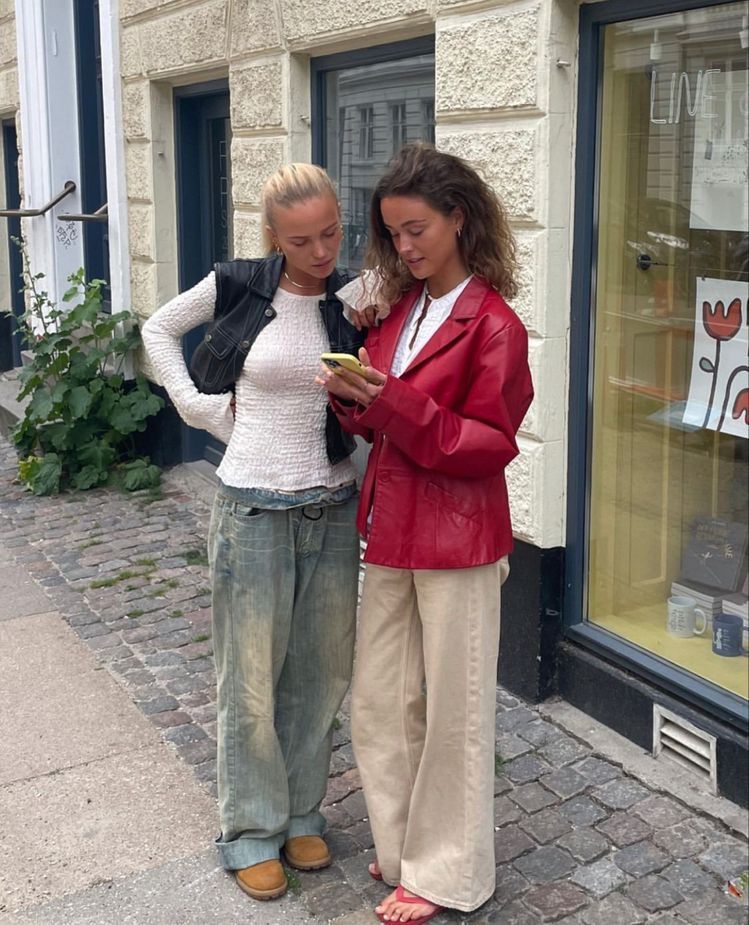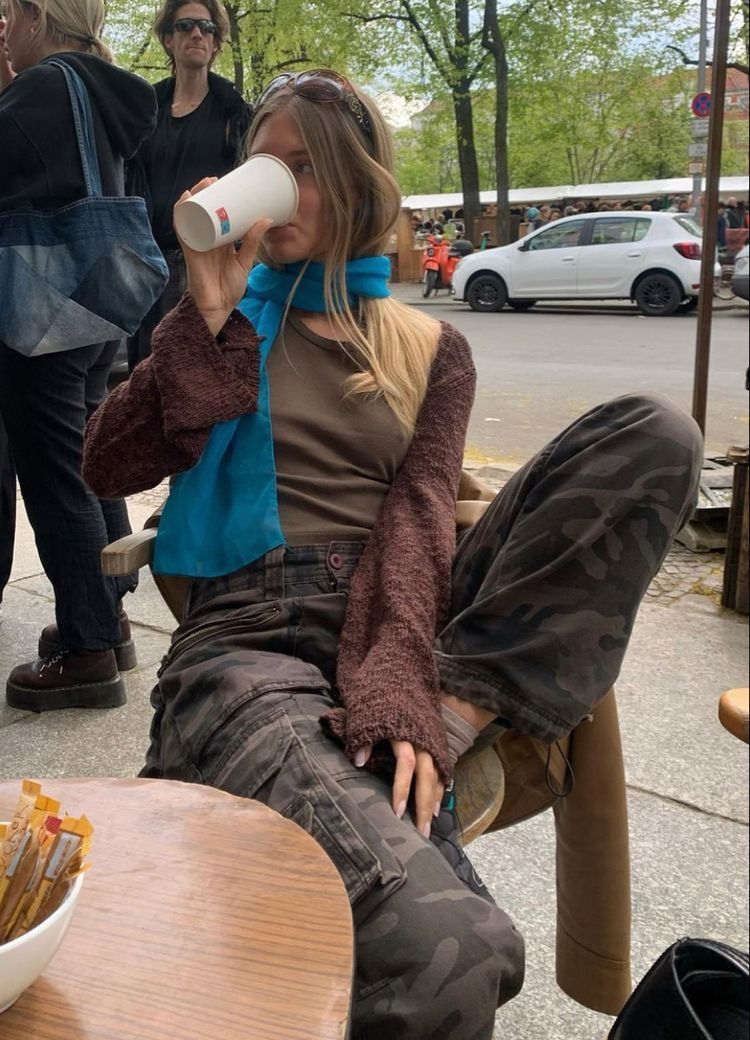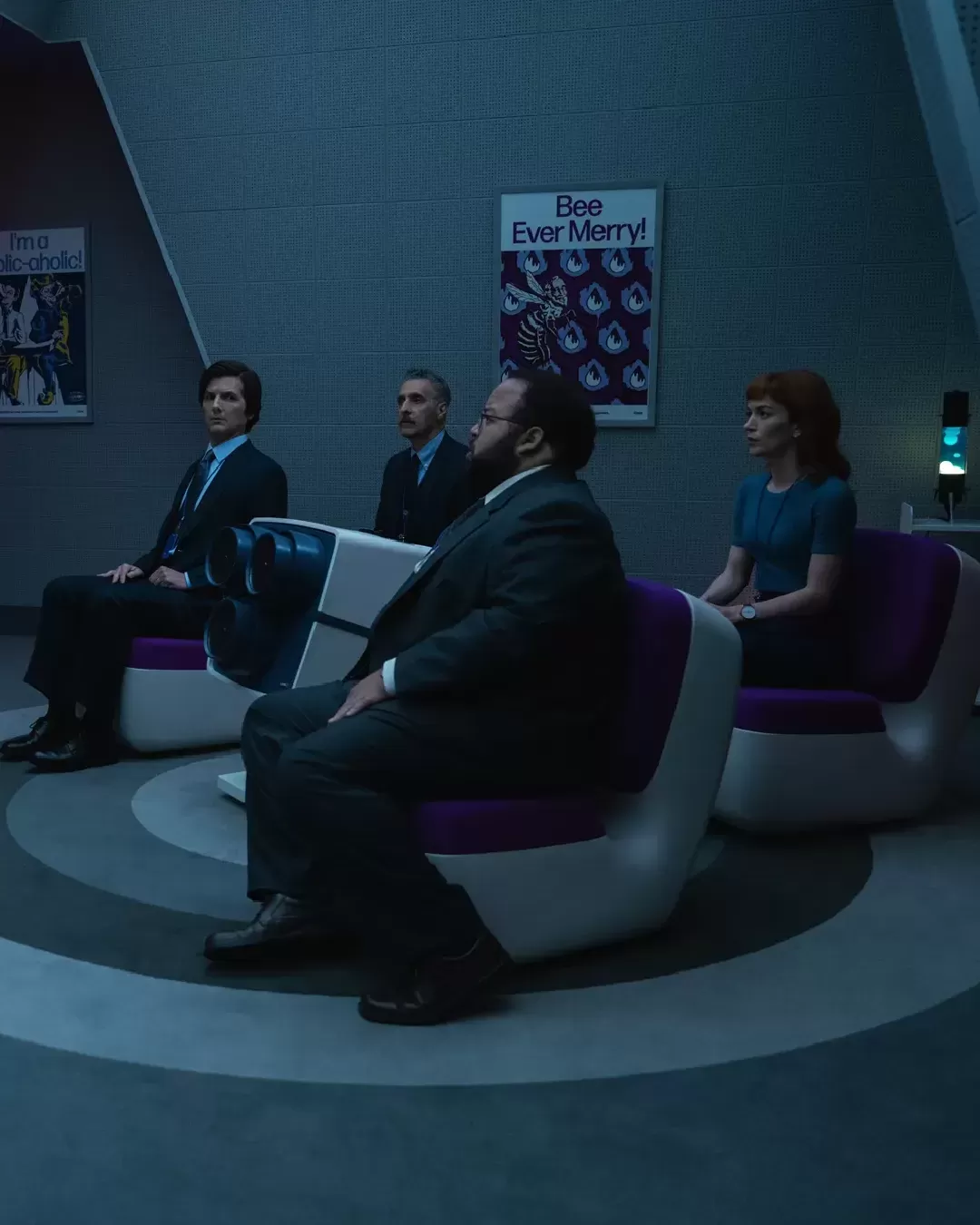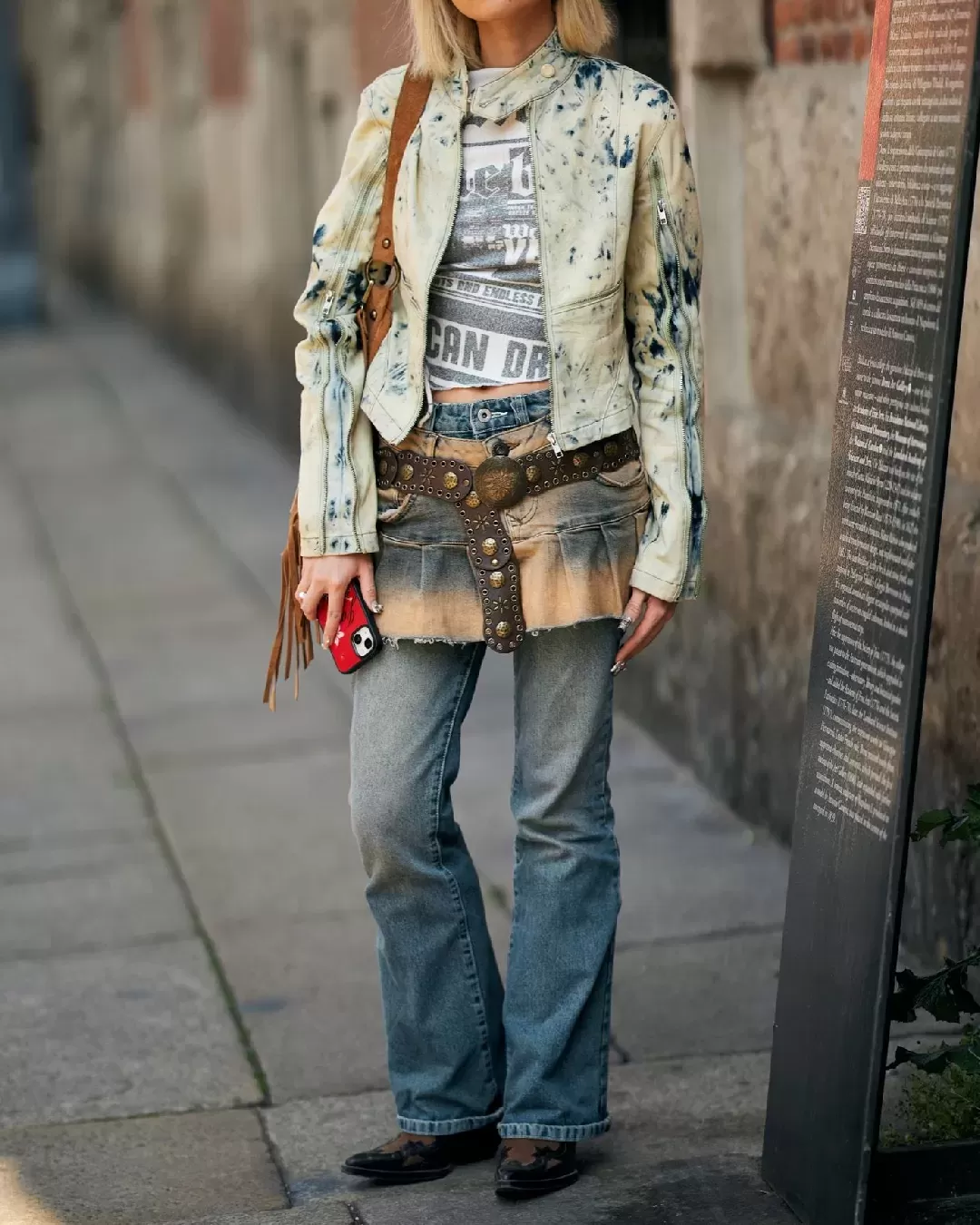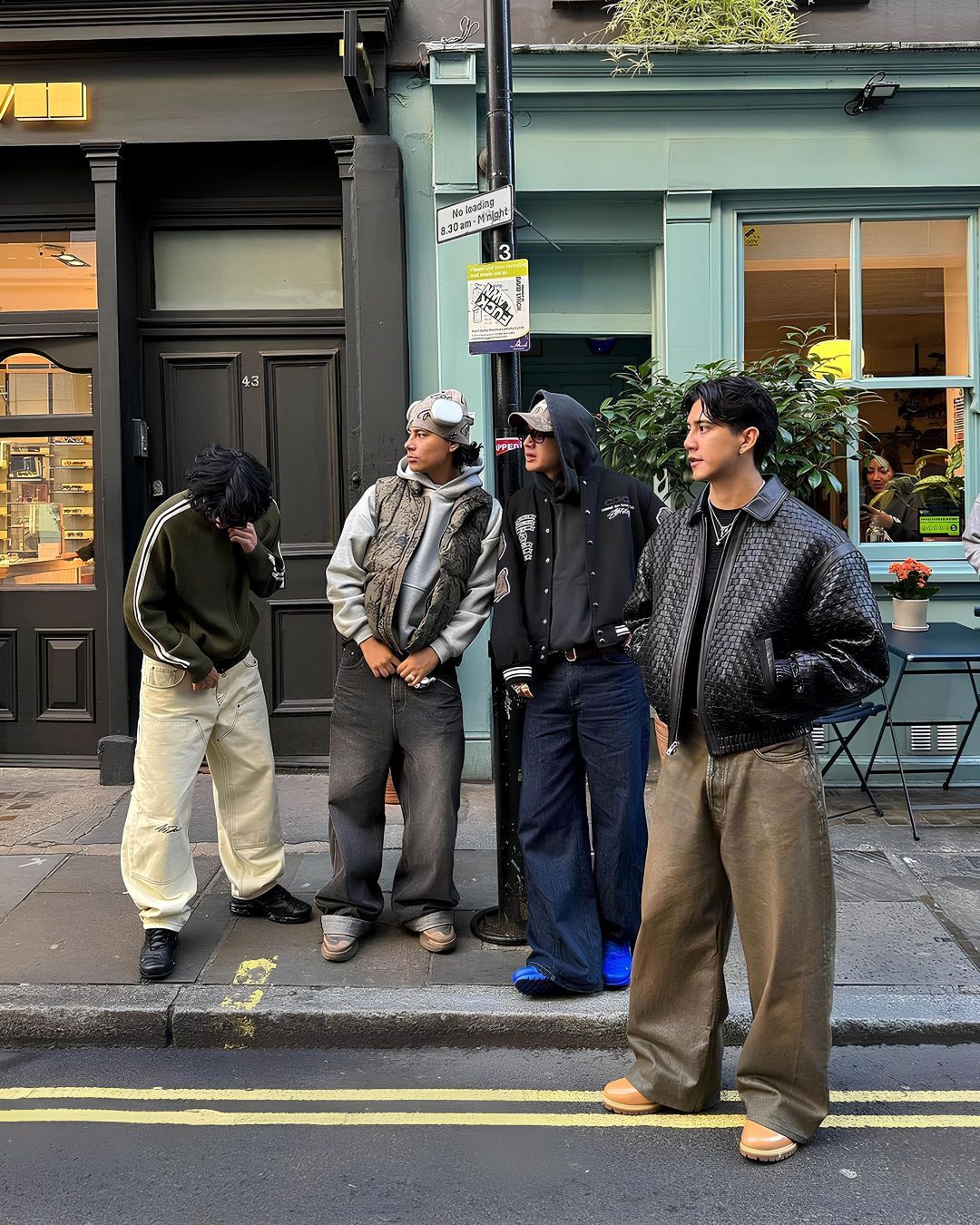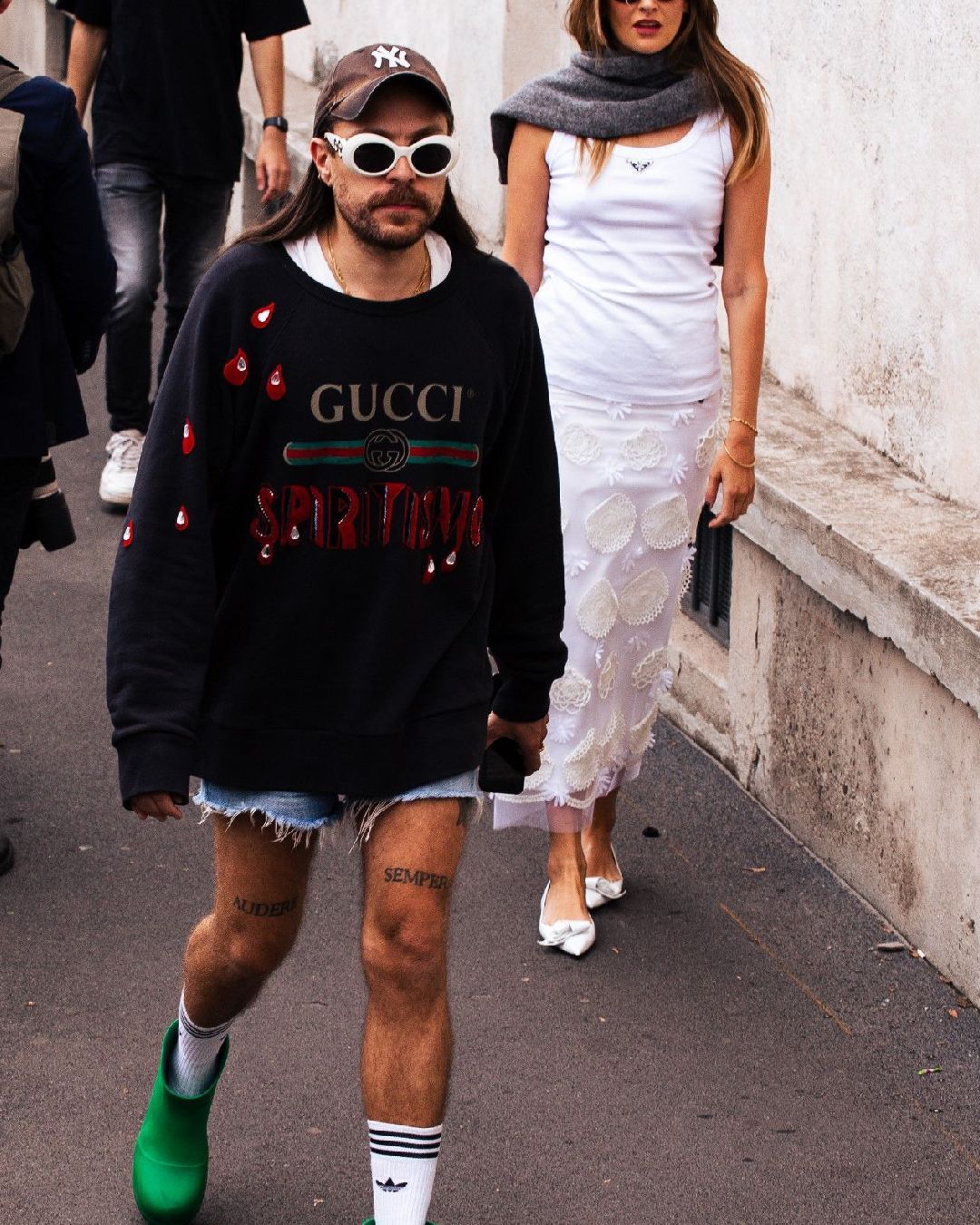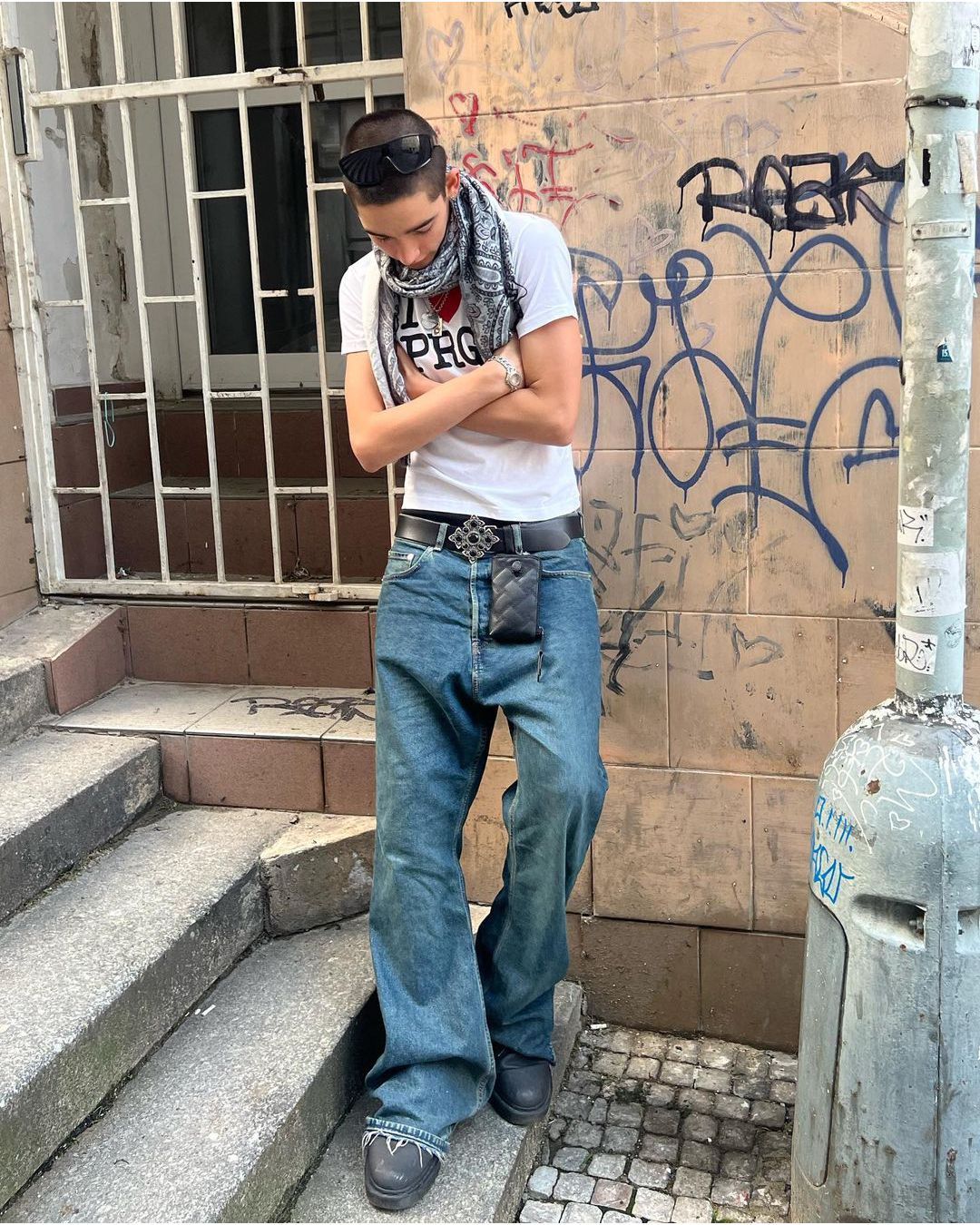
Here's what hypeboys are wearing today and what Pinterest has to do with it How the inclusive social network became the moodboard of choice for cool kids and alikes
When talking about online trends, one always mentions TikTok and Instagram, two marketing titans that can no longer go unnoticed, in fashion as in the beauty industry. But while these two apps are recognised by the big names of the system as great a medium to reach teenagers and twenty-somethings, there is one space - very well known, let's be clear - that is madly loved by this demographic, that uses it to find classy styles or cute comfortable clothes, but which for now is managing to remain authentic and untouched by multinationals and the like. Pinterest, born in 2010 from an idea by Evan Sharp, Ben Silbermann and Paul Sciarra, is an independent social media site that today has 463 million active users and a steady growth of over 7% year on year. Although the majority of subscribers are American, as Kepios's data on the first quarter of 2023 shows, in Italy the number of teenagers downloading the app is growing rapidly. According to the national survey Laboratorio Adolescenza and the IARD research institute, Silbermann's social media has jumped in interest from 24.9% to 52.4% among Italian teenagers over the past three years, particularly among girls (75%). But what makes this social platform so special?
Algorithmocracy and inclusivity
If there is one thing we have learnt in recent years it is that new social media is no longer about who you follow, but who you should follow. In this sense, Pinterest is an algorithmic paradise. Since its inception, its calculations have been based on simple rules: by forming a dedicated home page, independent of the profiles you follow but based on the type of content with which you are most used to interacting, Pinterest acts as a moodboard rather than a social platform. A creative digital studio, it is perfect for mothers who need recipes suitable for birthday parties as well as for young people who want to find out which combination to copy for their next date. Each homepage is unique, which makes it easy for everyone to find their own niche and feel as though they're an integral part of the content they save on their profile in the specially created pinboards. Advertisements are few and far between, slipping here and there into the cascading feed of the home page, and each suggested image always - and we emphasise, always - manages to be relevant to the user who finds it on the screen. Whether you are a fan of interior design, art, make-up or yoga, the app can not only identify your interests, but also your style. And it does so while being inclusive. One example is the search filter that recognises hair patterns, a feature added in 2021 that allows BIPOC users to find inspiration for their own hairstyles more quickly. This feature is a demonstration not only of the high quality of Pinterest's algorithmocracy, but also of how other modern social media could materialise their support for an improved representation of minorities online.
The Pinterest look
Leaving aside for a moment interior design and cookbooks, in their own way still useful, let's talk about the real reason why Pinterest is outrunning competition: the looks. Whereas only a few years ago, the app's style advice was reduced to photos of influencers in total designer, branded and very expensive outfits, today the 'Pinterest outfit' par excellence is accessible, and therefore infallible. Marrying glamour with vintage, cowboy boots with fru-fru dresses, Adidas Samba and oversized jeans held together by shoelaces, the app has formed a sort of under-20 army whose wardrobe is somewhat unique but easily reproduced. Perhaps a style born on the streets of New York, where the American hoodie-and-sneaker outfit clashed at some point in history with the European style of the lucky ones who could visit the Mediterranean during the summer months, today the street style of the edgiest is based on a specific formula that Pinterest manages to present with surgical precision. Jeans must be grey or black, very baggy, preferably distressed; sneakers must have a slightly Seventies or Nineties feel, like the aforementioned Samba, Asics Onitsuka Tigers or Clarks Wallabees; T-shirts must be cropped in the right spot, uncovering a few centimetres of the lower abdomen; jackets are Carhartt's Detroit or Stussy's Varsity. And the accessories, baseball caps, hobo duffels in worked leather or technical fabric, and cyber-core sunglasses, which have nothing to do with the outfit but complete the look no less. Pinterest has thus become the place where all teenagers gather for inspiration, and consequently the place that has driven many teenagers to dress in the same exact way. And if on the one hand this stylistic homologation is rather ironic, given that the app was born as a means to express the most unique and authentic part of each user, on the other hand it is almost touching how, for the first time in the history of social media - in truth, before Pinterest, Tumblr had succeeded, albeit in a different way - an entire generation managed to exploit the independence of Pinterest to be able to find a voice without the constant interceding of advs: on that white and burgundy home page there is only them and their Birkenstock Bostons, nothing else.










































